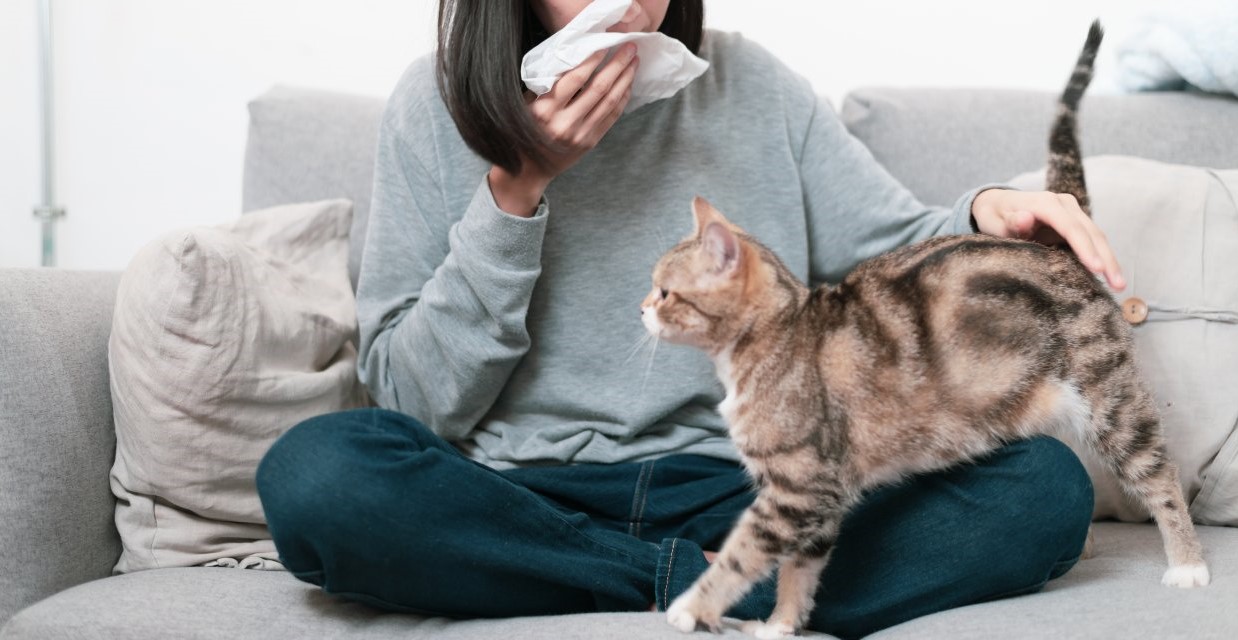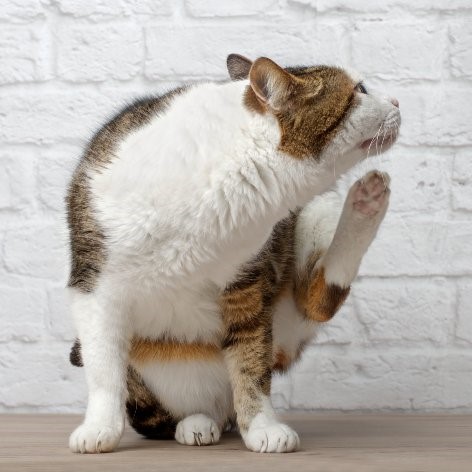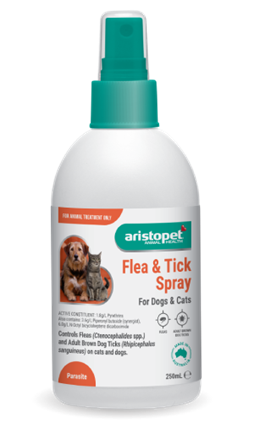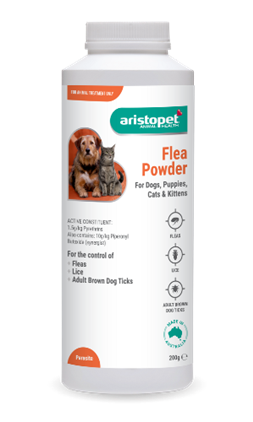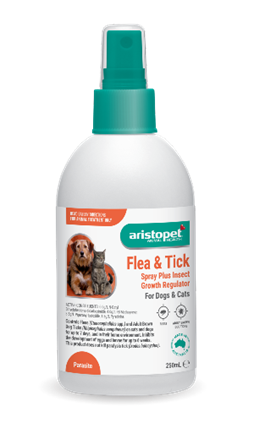No one enjoys having allergies but unfortunately, about 40% of pet-lovers who get asthma are sensitive to cats. Or more specifically, a glycoprotein called Fel d1, which is produced by sebaceous glands under a feline’s skin, and in their saliva. This is then spread around your home as what we call dander; the mix of saliva, dust and dead skin cells which a cat naturally sheds.
This dander then becomes the food for dust mites – another cause of allergies.
These particles are so tiny that they stay in the air for long periods of time. And they are sticky, too – easily spread on clothing and shoes. This dander can also remain on walls and fabrics for a long time, and research shows it can remain in a mattress up to five years after a feline no longer has access to it.
So if you’re one of those 40% who battle with asthma, unfortunately no cat breed is 100 percent allergy-proof. Although some breeds are known to have naturally lower levels of Fel d1 or shed less fur, such as the Siberian, Bengal, Russian Blue and Balinese.
Here’s a fact – male felines tend to release more Fel d1 than females, because of their higher levels of testosterone.
Darker-coloured cats as well produce more Fel d1 than lighter-coloured kitties.
Here’s some tips to minimise impact on those with allergies:
- Have easy-to-clean floors such as concrete, wood, lino or tiles.
- Wear cotton instead of woollen clothing, which particles just clings to.
- Keep your pets out of bedrooms or other rooms where you spend heaps of time.
- Protect your mattresses with plastic or a sheet.
- Ask someone without an allergy to groom your cat outside, where they can remove loose hair and wipe your cat’s face and neck where Fel d1 levels are highest.
- Make sure you’re treating your cat regularly for fleas and worms, so your cat won’t scratch.
- Wiping walls regularly with a damp cloth to remove the sticky cat dander.
- Look in to HEPA air filters and vacuum cleaners, which specialise in filtering dust and allergens.
- And finally, air your rooms out often, especially if your home is well-insulated.
Getting all that air moving will help prevent build-ups of dander.
There are many options for controlling and reducing allergies through reduction of exposure to allergens for the treatment and prevention of symptoms. So that fellow cat lovers like us can love their life with their feline friends. Consult with your doctor for more advice on how to manage your allergies.

